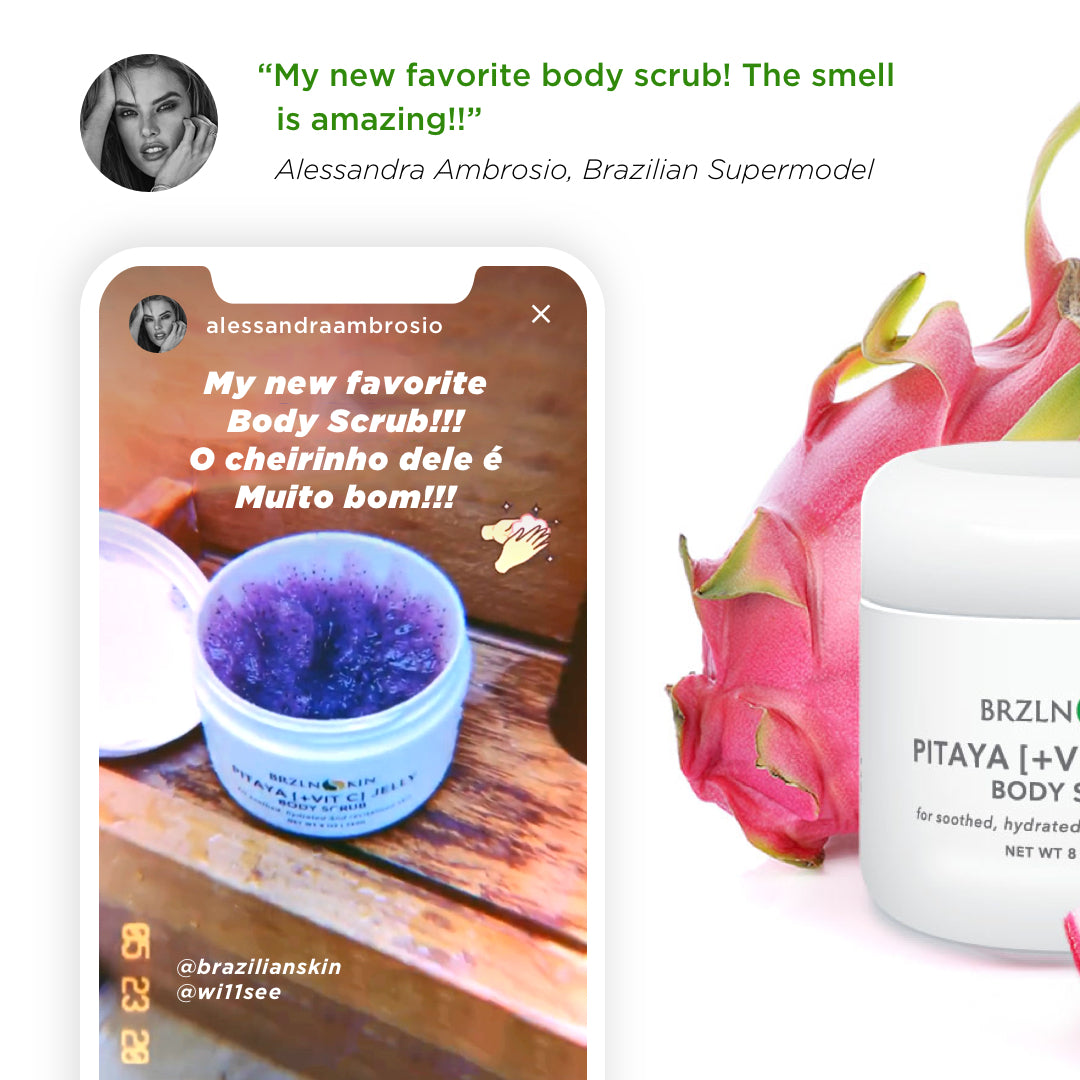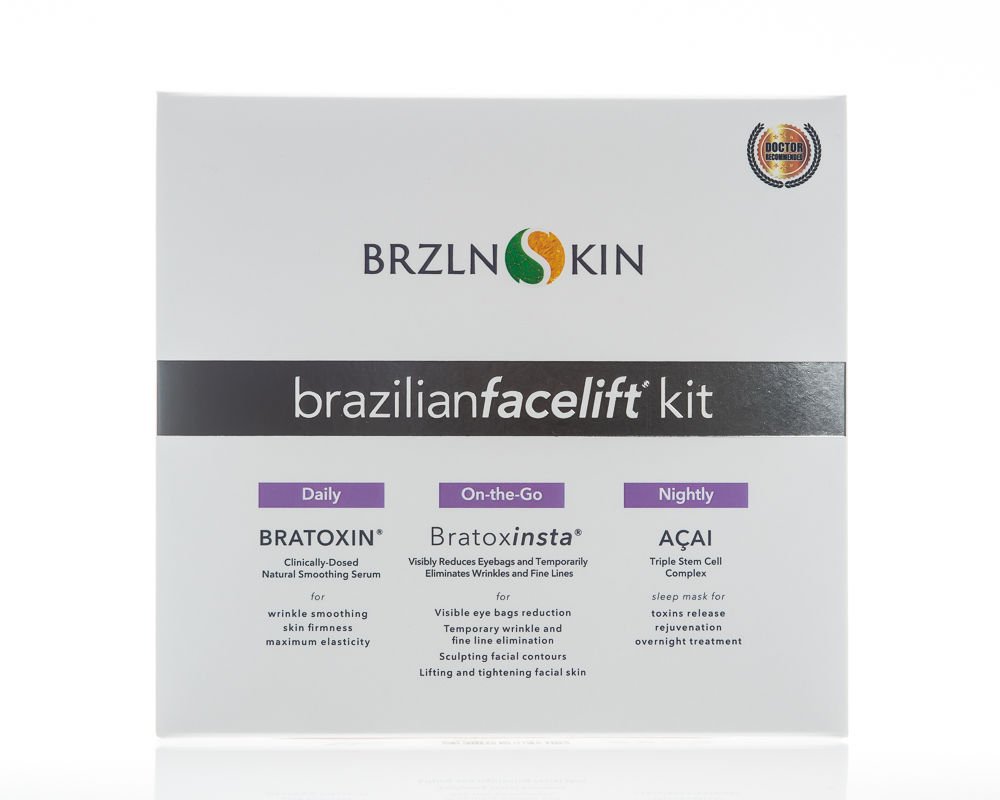Botox is associated with various beauty and medical benefits such as helping to ease migraines, stopping excessive sweating, decreasing the appearance of any fine lines. It is now believed that it can assist with depression. Botox has gained popularity as a favorite filler for most people due to its high efficacy. It is a true fountain of youth inside a needle because it gets rid of any signs of skin wear and tear. However, most people are unaware of the fact that it can also alleviate feelings of depression. The 3 primary aesthetic purposes for which Botox is approved for are forehead lines, lateral canthal lines and glabellar lines. Furthermore, it is approved for the treatment of medical conditions like hyperhidrosis, strabismsus, urinary bladder, muscle dystonia and migraine headaches. This means that it is not simply for aesthetic purposes, it is good with physical ailments but can it help with emotional conditions like depression as well?Here is a detailed look at how you can use Botox for depression.
Botox and depression
Depression is highly ranked globally with regard to causing disability. It affects numerous individuals but not even half receive effective treatment. Botox also known as botulinum toxin A can be described as a potent neurotoxic protein that is popularly utilized for decreasing crow’s feet and wrinkles. It is widely used in the beauty industry and that is why most individuals are interested on how to make Botox last longer.
Very small quantities of Botox are injected to help decrease the release of neurotransmitter between nerves and the muscles associated with them. This results in the temporary paralysis of the muscles hence wrinkles soften and the user’s skin becomes much smoother.
The Botox injection that is administered to the muscles located between and above the eyebrows i.e. the glabella region has been proven to have a significant effect on the patient’s mood. Many treated patients have experienced major improvements in their mood through just a single dose.
This facial feedback can be traced all the way back to the times of Charles Darwin. It suggests that all facial expressions possess a big influence on one’s emotional experiences. Expressions of negative emotions such as frowning and scowling need the muscles to contract within the region of the glabella. However, as earlier mentioned, Botox paralyzes these muscles to cause interruptions in the facial feedback loop. The nerve signaling level in the brain will significantly decrease. Ultimately, the patient will experience fewer negative emotions hence mood improves.
Charles Darwin discovered that your facial expressions do much more than just to communicate emotions, they intensify those emotions. This happens by sending back some cues to the brain. The basis of Botox and depression is that we are capable of influencing how we feel through the visage that we project. A good example is that frowning makes us feel angrier and smiling promotes feelings of happiness.
Botox will temporarily paralyze the brows but not just to remove wrinkles but to provide relief from depression.
The phenomenon of the correlation between depression and glabellar lines is not new because it dates back to Victorian era. In fact, glabellar lines were called the omega sign of depression. This is because the omega symbol resembles the digit 11. Most people in the past noticed that when they had a brow that is permanently furrowed, they would feel depressed. It is something that we can all relate to at some point in our lives. In case you are still doubtful, there have been many reputable medical studies to prove this to be fact. What more evidence do you need?
Conduct research on how to make Botox last longer so that you can fully benefit from its anti-depression effects.
The above insightful information clearly shows that Botox is not just an aesthetic procedure. It is associated with an array of medical uses and that is why patients are always advised to consult. Botox is used therapeutically in the control of various medial conditions such as chronic migraine, overactive bladder and involuntary muscle spasms. Therefore, the injection is multipurpose. You can now kill two birds with one stone when you use Botox, benefit from its aesthetic properties and depression alleviation. Emotional relief is a side effect that is very much welcomed.




